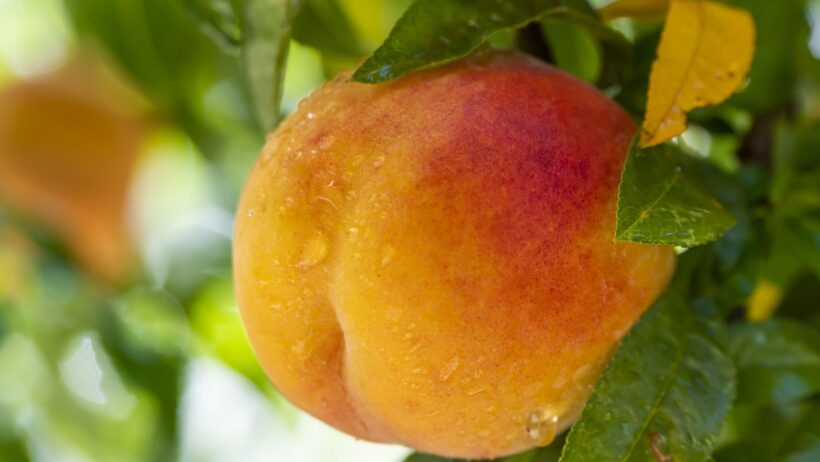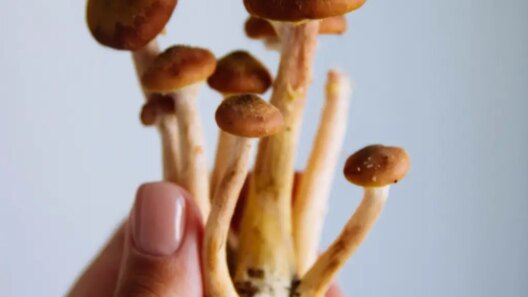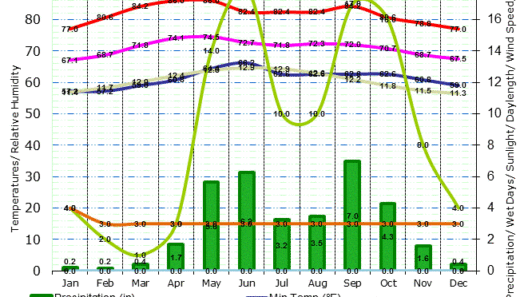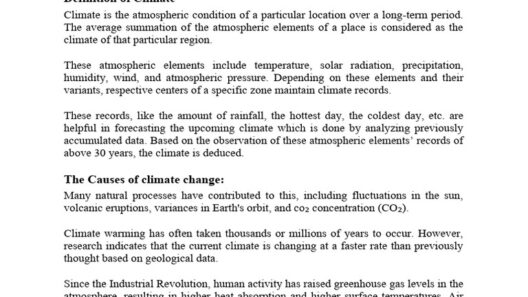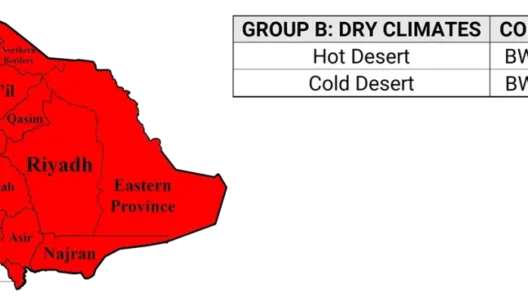Peaches, with their succulent flesh and vibrant hues, are more than just a delightful summer fruit; they are a testament to the intricate dance between agricultural practices and climate conditions. Understanding the conditions under which peaches thrive is essential, not only for growers but also for consumers interested in sustainability and the ethics of food sourcing. What climate do peaches need? The answer to this question is multifaceted, intertwining ecological science with agricultural expertise.
First and foremost, peaches belong to a group of fruit-bearing trees that necessitate specific climatic conditions to prosper. Generally, peaches are categorized as temperate fruit, which means they predominantly flourish in regions characterized by distinct seasonal changes. The sweet harvests we cherish arise from optimal temperatures, varied seasonal variations, and specific soil qualities. It is imperative to delve into these climatic factors to understand the nuances that influence peach production.
To cultivate peaches successfully, one must acknowledge that temperature is the most critical variable. Peaches prefer a climate that provides warm summers and a sufficient winter chill. Typically, peach trees require a chilling period of 300 to 1,000 hours of temperatures below 45°F (7°C) during the winter months. This chilling requirement ensures proper bud development and flowering in the spring. Without adequate winter cold, trees may produce less fruit or none at all, rendering the harvest dismal.
The optimal temperature for peach development during the growing season ranges from 75°F to 85°F (24°C to 30°C). During these warmer months, peaches require consistent warmth, as they are particularly sensitive to temperature fluctuations. Excessive heat, however, can be detrimental, leading to sunburned fruits or poor flavor. Thus, the balance is delicate: warm days followed by cooler nights can enhance sugar accumulation, giving rise to that sweet, juicy texture consumers crave.
Regional variability also plays a significant role in peach cultivation. In the United States, for instance, states such as California are renowned for their peach production. The Mediterranean climate characterized by warm, dry summers and mild, wet winters creates a perfect backdrop for growing peaches. Conversely, in areas where humidity prevails or where winters lack significant chill, cultivators face challenges that could threaten yields. It is here that knowledge of micro-climates becomes invaluable. Some growers concentrate on localized climate conditions, tailoring their farming techniques to the temperatures observed in their immediate vicinity.
Furthermore, soil composition adds another layer of complexity to the discussion concerning the climate needed for peaches. Well-drained, sandy loam soils are quintessential for peach growth, as they provide adequate drainage while retaining necessary moisture. The pH of the soil should ideally hover around 6.0 to 6.8. Unfavorable soil conditions can stress peach trees, leading to reduced fruit quality. Thus, it becomes apparent that the synergy between temperature, soil type, and water availability cannot be overstated—it is this triad that governs the health and vitality of peach trees.
As the climate crisis looms larger, one must consider the impacts that shifting temperatures and unpredictable weather patterns will have on peach cultivation. Climate change poses a palpable threat, as erratic weather leads to less predictable chilling hours during winter and extreme heat during the summer months. Farmers are already grappling with altered growing seasons and changing pest dynamics, which could significantly influence yields. This agricultural unpredictability demands innovation and resilience from growers to adapt their practices in line with the new climate reality.
One promising approach is the development of climate-resilient peach varieties. Breeders are working tirelessly to create cultivars that can withstand higher temperatures and have lower chilling requirements. This research could provide a robust solution to ensure sweet harvests are maintained, even as the climate continues to evolve. However, this innovation must be balanced against the historical legacy and genetic diversity of traditional peach varieties, fostering a respectful stewardship toward the past while boldly facing the future.
Moreover, sustainable practices in peach farming stand as a viable response to climate challenges. Implementing regenerative agricultural techniques, which enrich the soil and improve biodiversity, can help mitigate some climate impacts. Crop rotation, cover cropping, and reduced use of synthetic fertilizers not only enhance soil health but also improve resilience against fluctuating climate patterns. Employing such practices will ensure a sustainable peach industry that can thrive, even amid tumultuous environmental shifts.
To conclude, understanding the climate peaches need extends far beyond mere temperature preferences. It encapsulates a broader ecological narrative that integrates various elements, such as seasonal changes, soil health, and the dynamic nature of regional climates. As we navigate a future punctuated by climate instability, it is imperative that consumers and growers alike engage in a continuous dialogue surrounding sustainable practices and adaptive strategies. Ultimately, embracing this knowledge fosters a deeper appreciation for the humble peach and the complex systems that bring this delectable fruit from tree to table.



